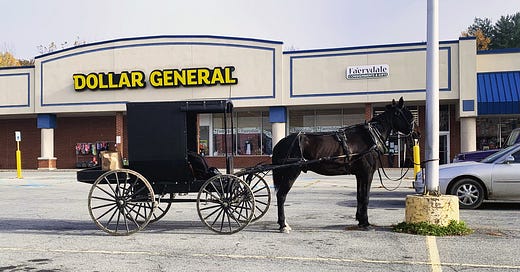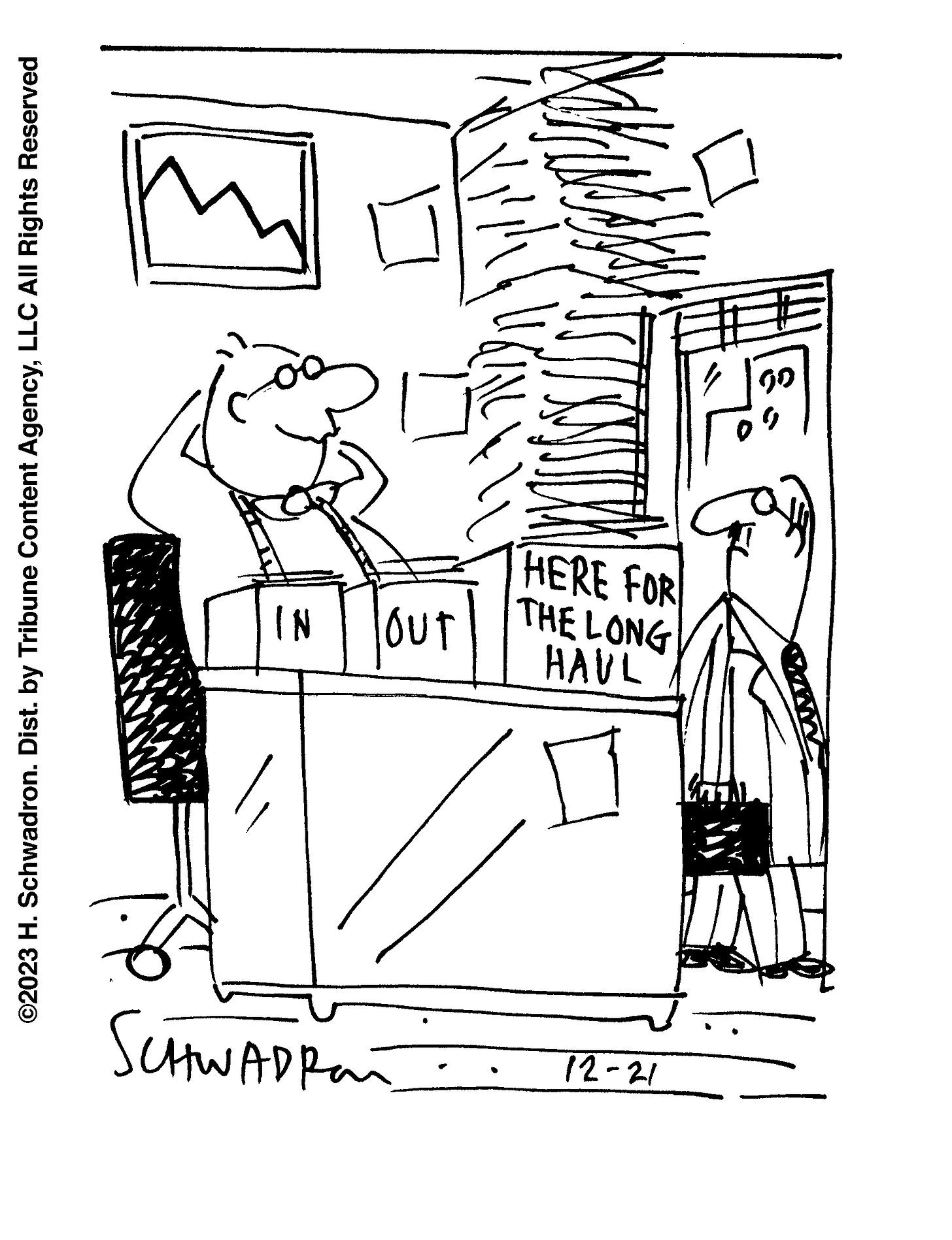By Michael Levy
Journal & Press
Westbound on Route 372 near Cambridge during the early morning of December 13th, another accident involving a motorized vehicle and an Amish horse-drawn buggy occurred. There were two children and two adults in that carriage. No injuries were reported and the horse also survived. But that may not be the case when another accident like this happens. The question is not “whether” someone will get killed in an accident like this. The question is actually “when?”
Roads designed for modern motorized vehicles present a unique challenge when used by horse buggies. Accidents involving motorized vehicles and Amish horse buggies can result in severe injuries or fatalities. With growing traffic on our rural roads, addressing the root causes of these accidents is essential to ensuring the safety of all road users. The reality is that these collisions are fully preventable if we want them to be! And at the same time, we can preserve the Amish way of life and maintain harmony between traditional and modern transportation modes.
Horse-drawn buggies, constructed from lightweight materials, provide minimal protection for passengers. Unlike modern vehicles, buggies are not required to meet federal standards for crashworthiness or crash compatibility. Buggies are not equipped with seat belts, airbags, or other modern safety features. When matched against the speed and mass of cars and trucks, buggies face devastating outcomes in collisions. Studies show that these accidents are more likely to occur on narrow, high-speed roads where visibility is limited.
Today’s “Random Thoughts” is a call for implementing strategies to mitigate these risks. Key suggestions include widening lanes, reducing speed differentials, adding lighting and reflectors to buggies, and restricting buggy travel on certain roads.
Widening Lanes and Lighting: One proposed solution is to widen certain two-lane roads in Washington County, adding shoulders or separate lanes specifically for horse-drawn buggies. Dedicated lanes provide a safe space for buggies, reducing the chances of collisions with faster-moving vehicles. In Lancaster County, Pennsylvania, a region with a large Amish population, many roads have been updated with buggy lanes, with clear delineation for buggy traffic. Safety is further improved by the installation of overhead lighting in areas with high potential for collisions.
Reducing Speed Differentials: Every day on Washington County roadways, semitrailers, cars, and trucks traveling more than 55 mph, race past horse-drawn buggies clip-clopping along at a 5-mph pace. Limiting the speed differential between motorized vehicles and horse-drawn buggies is a critical strategy. Setting speed limits on roads frequently used by Amish buggies can save lives. But is everyone willing to reduce the speed limits on Routes 29, 40, 372, and 61 (among other local roads) to a reasonable level to save lives? Additionally, signs warning drivers about buggy traffic might be another component of a solution.
Restricting Buggy Travel: To minimize risks, buggy travel may need to be restricted on high-speed highways and roads with heavy traffic. For example, prohibiting horse-drawn vehicles on roads with speed limits above 45 mph or where heavy commercial traffic is prevalent can prevent potentially fatal interactions. In such cases, alternative routes or specially designated buggy-friendly roads will need to be identified.
Improved Lighting and Reflectors: Admittedly, the local Amish have increasingly adopted safety measures such as reflectors, flashing lights, and reflective tape on their buggies. These enhancements certainly improve visibility, especially during dawn, dusk, or nighttime travel. While this is a start, it is probably not enough. Personal experience shows that these measures, while better than nothing, are insufficient on dark and moonless nights.
Collaboration and Education: Amish communities need to be active participants in improving road safety. Their involvement ensures that solutions are respectful of their religious and cultural values, which often influence decisions about the use of technology. Safety is most effectively achieved through collaboration between local governments, Amish communities, and the public. Regular meetings with all parties to review accident data and to assess the effectiveness of existing strategies can lead to continuous improvement.
Driver Education: Educating drivers about the unique characteristics of horse-drawn buggies—such as their slower speeds can significantly reduce accidents. Public service announcements, signage, and school programs can inform drivers of safe practices, including maintaining a safe distance and passing cautiously.
Government Action: Elected officials play a critical role by securing state and federal funding to implement the changes needed to make roads safer for everyone. Infrastructure updates, enforcement of safety measures, and educational campaigns all require adequate financial support to save lives!
Preventing accidents involving motorized vehicles and Amish horse buggies requires a multifaceted approach. Balancing the needs of tradition and modernity is not always easy, but it is essential. By working together, we can honor the Amish commitment to a simpler way of life while ensuring their safety and the safety of everyone else who uses our roads. By combining engineering solutions, education, enforcement, and community cooperation, rural communities can create safer environments for all road users. That is more than a random thought.
Michael Levy is a retired government manager residing in Greenwich NY and is employed now as a technical consultant. He is also a Commercial Pilot and a Ham Radio operator.
And Now for the Comics — ‘9 to 5’ by Harley Schwadron
And that’s it for today. More tomorrow!








How much Taxpayer money should be spent to aid a population that refuses to help themselves. The simple addition of a slow moving vehicle sign, the SMV triangle would reduce many of these incidents. But the Amish as a population refuse to use it even though it is required by NYS traffic regulations.
Remember. “Passing Cautiously” also means legally. If it’s a double yellow, you can’t pass them in the other lane.